Pipe Dreams, Chasing The Opium Dragon Through History in Laos






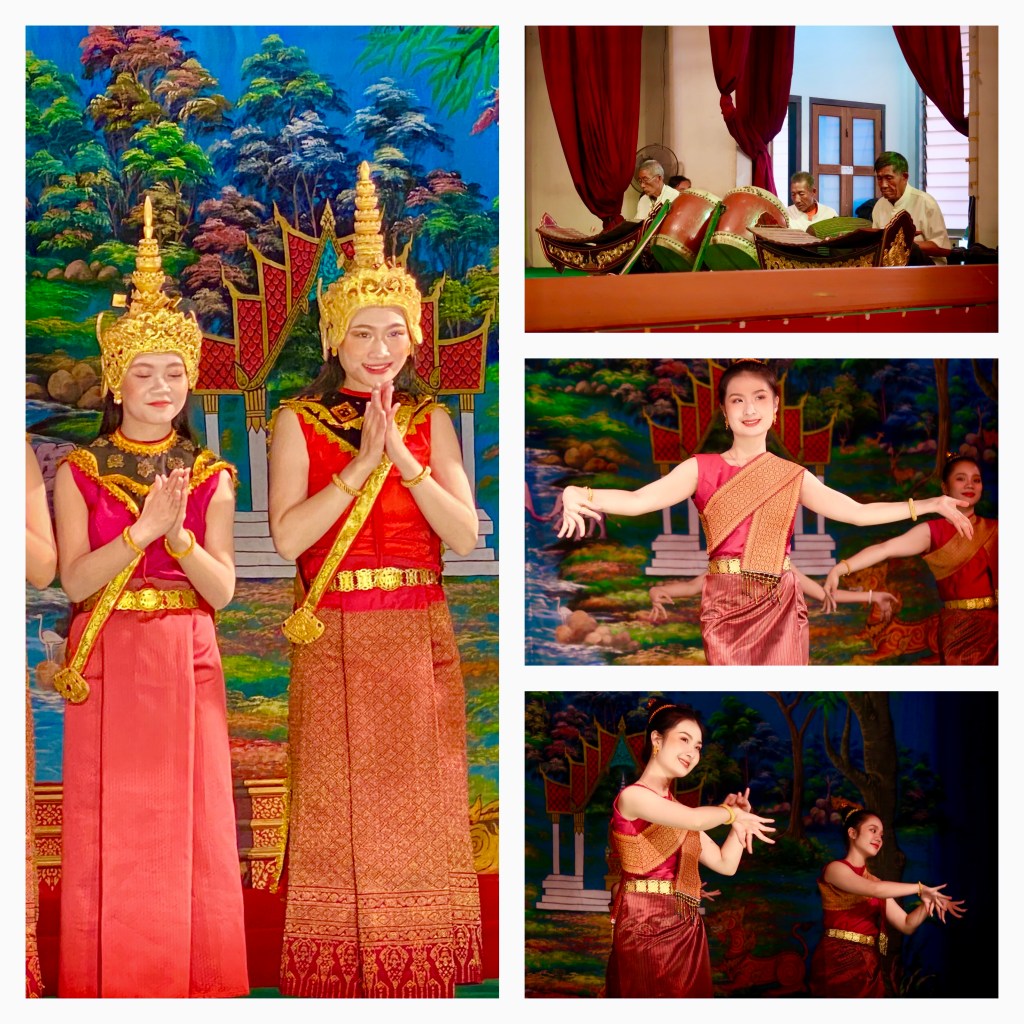


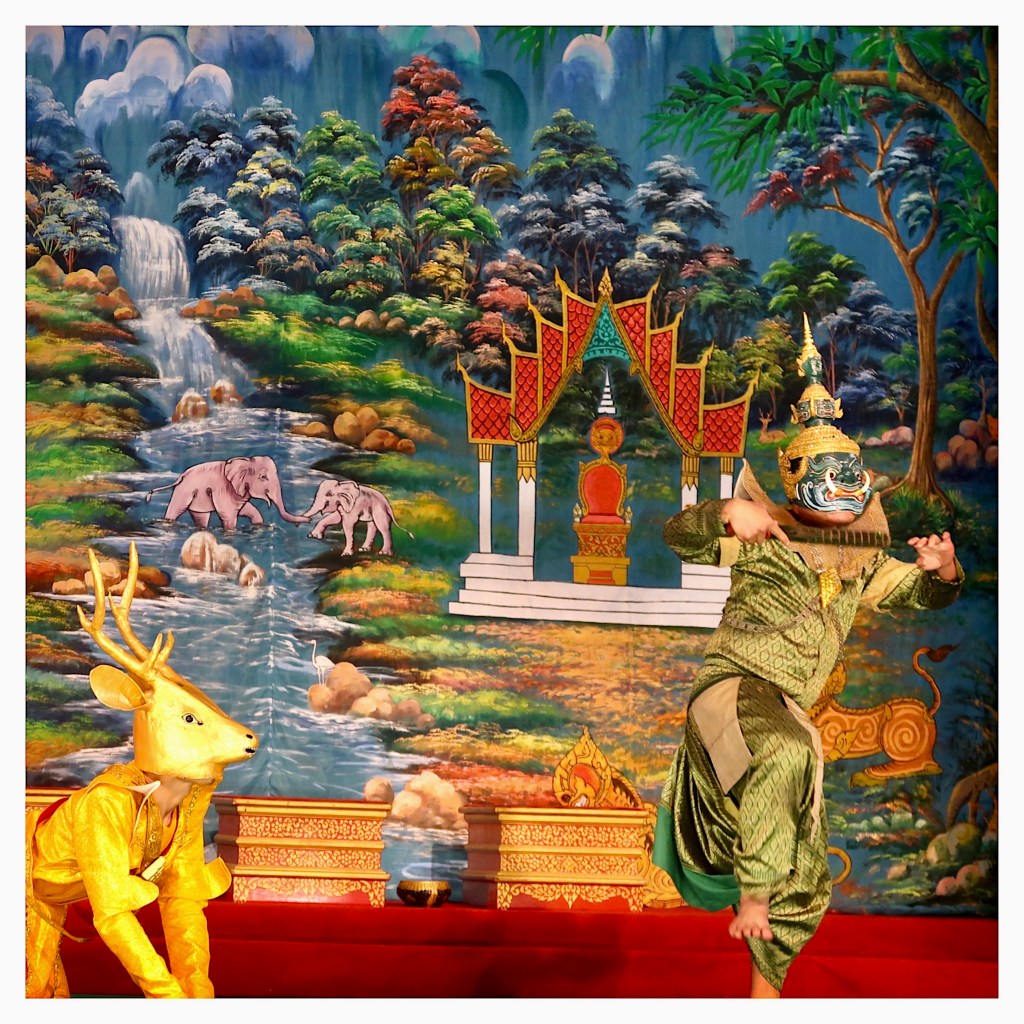








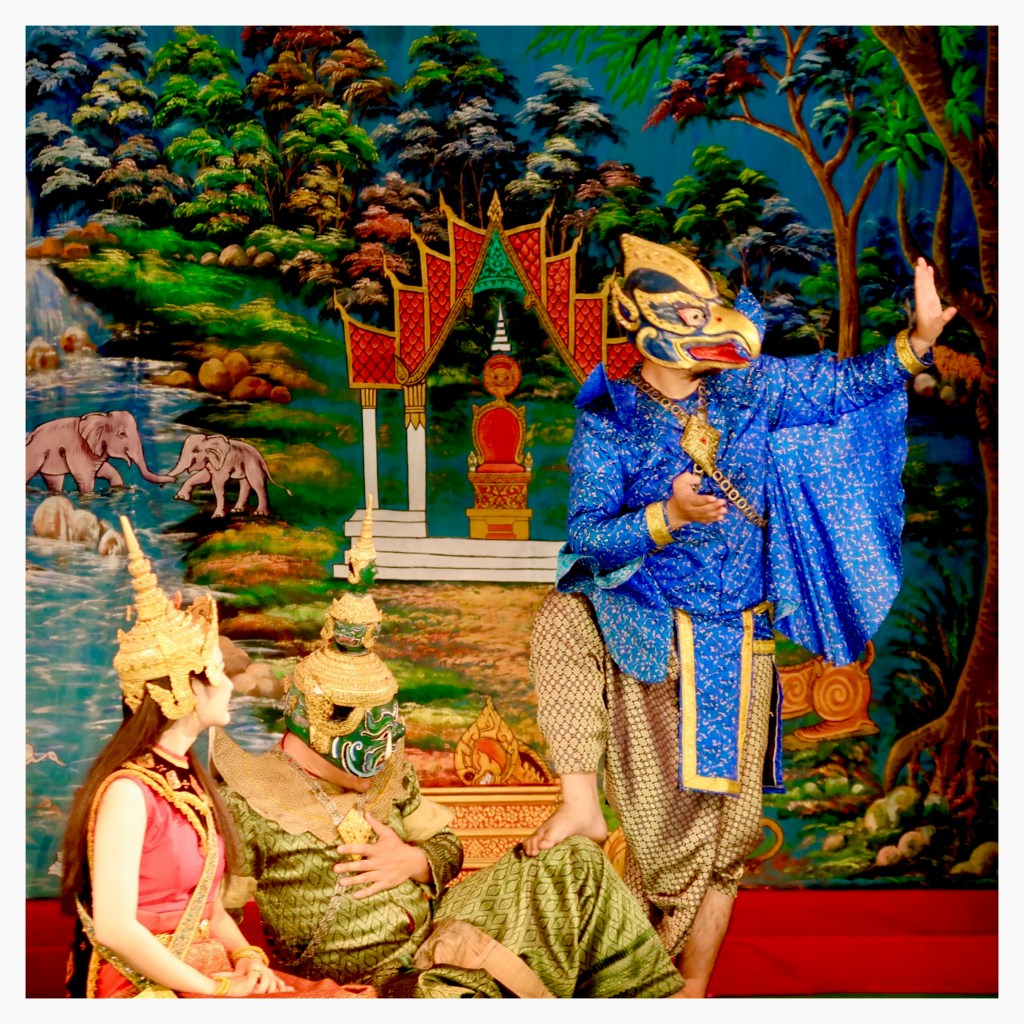
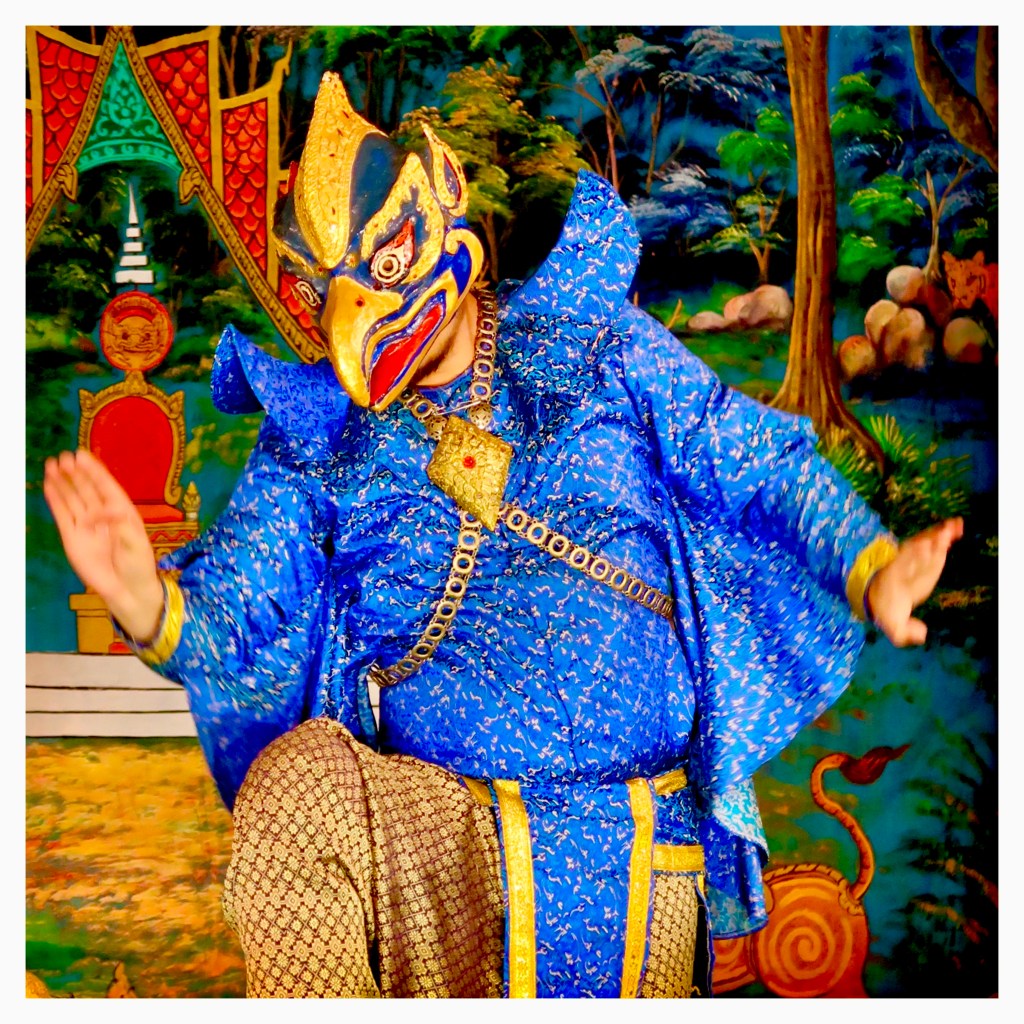



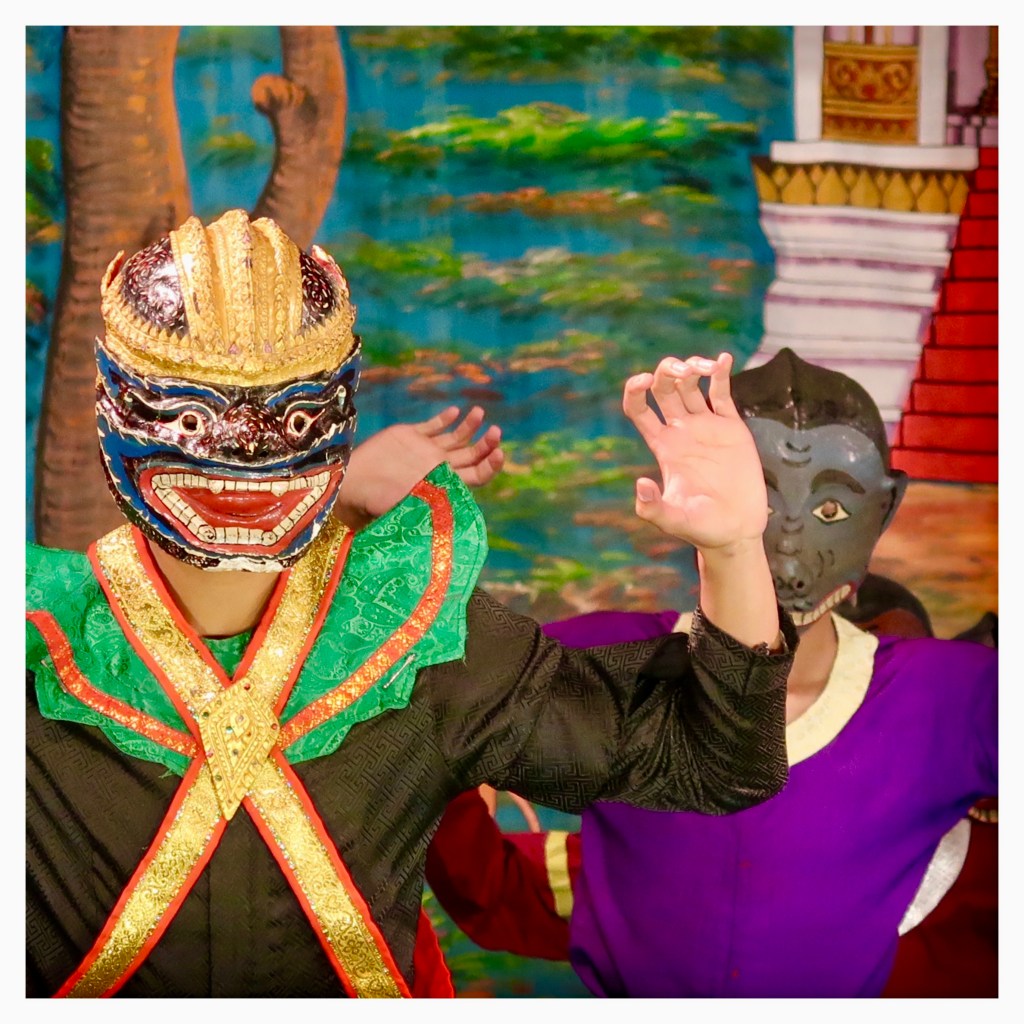

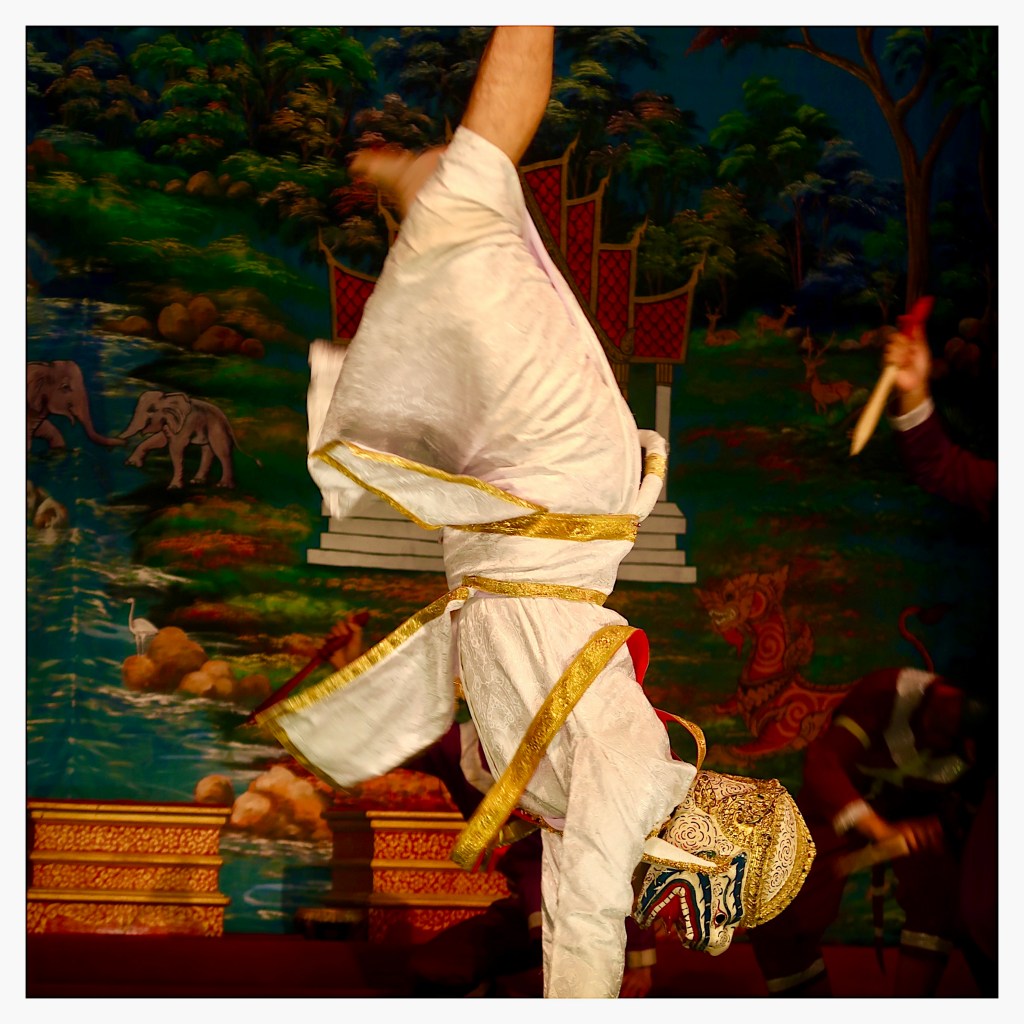

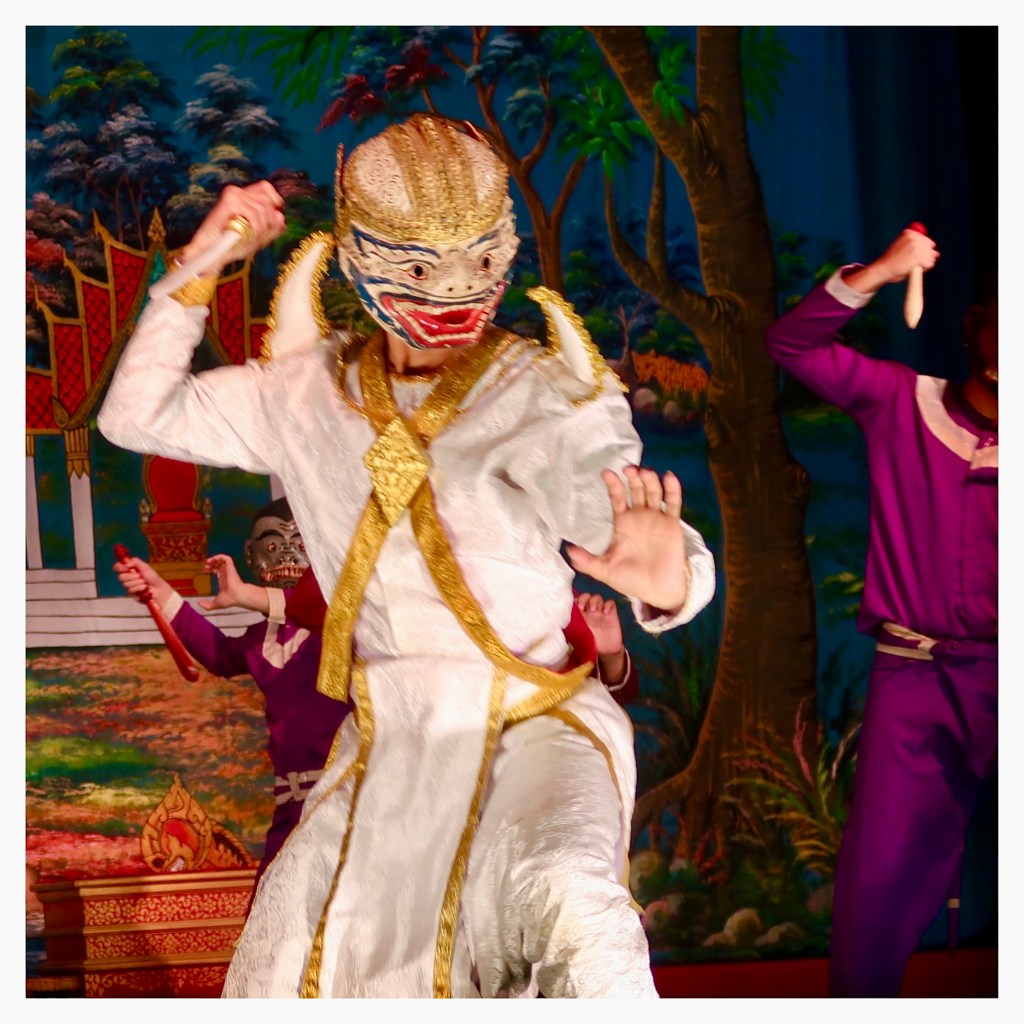


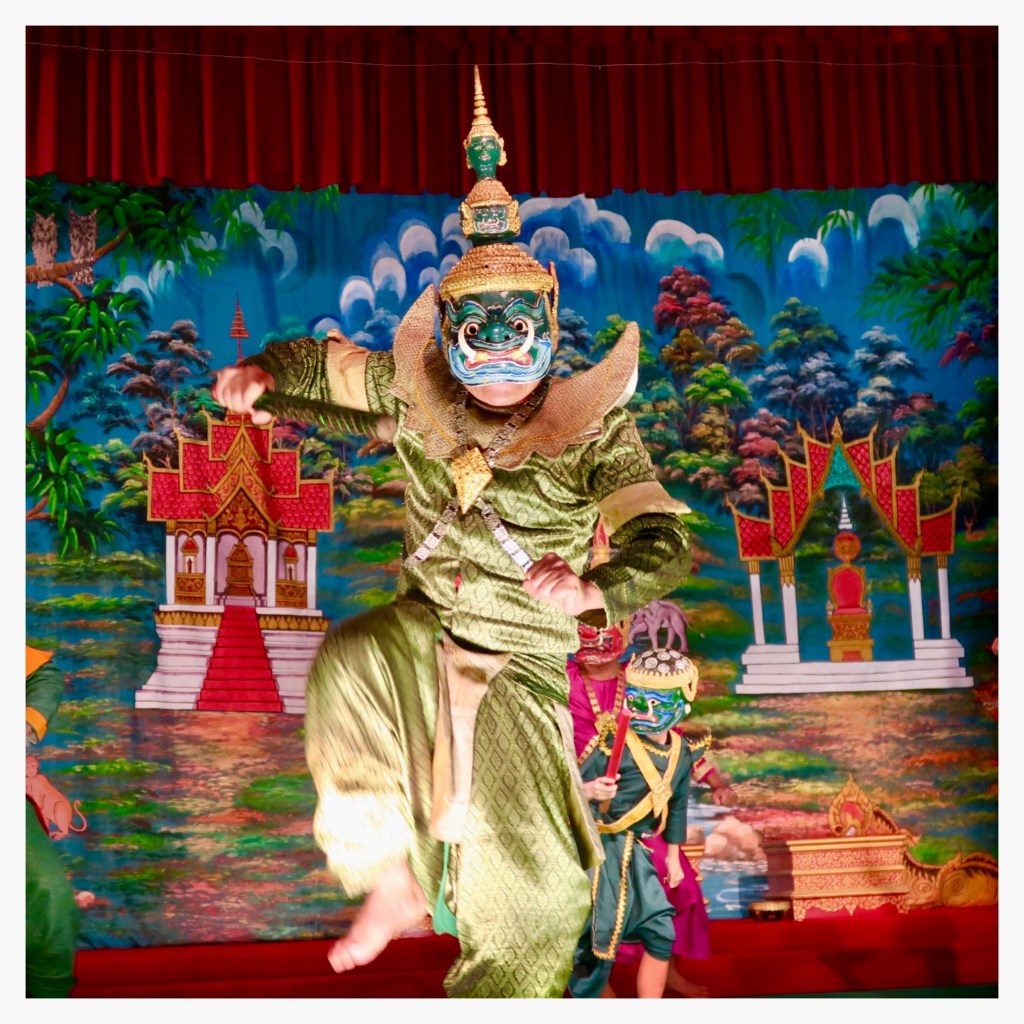
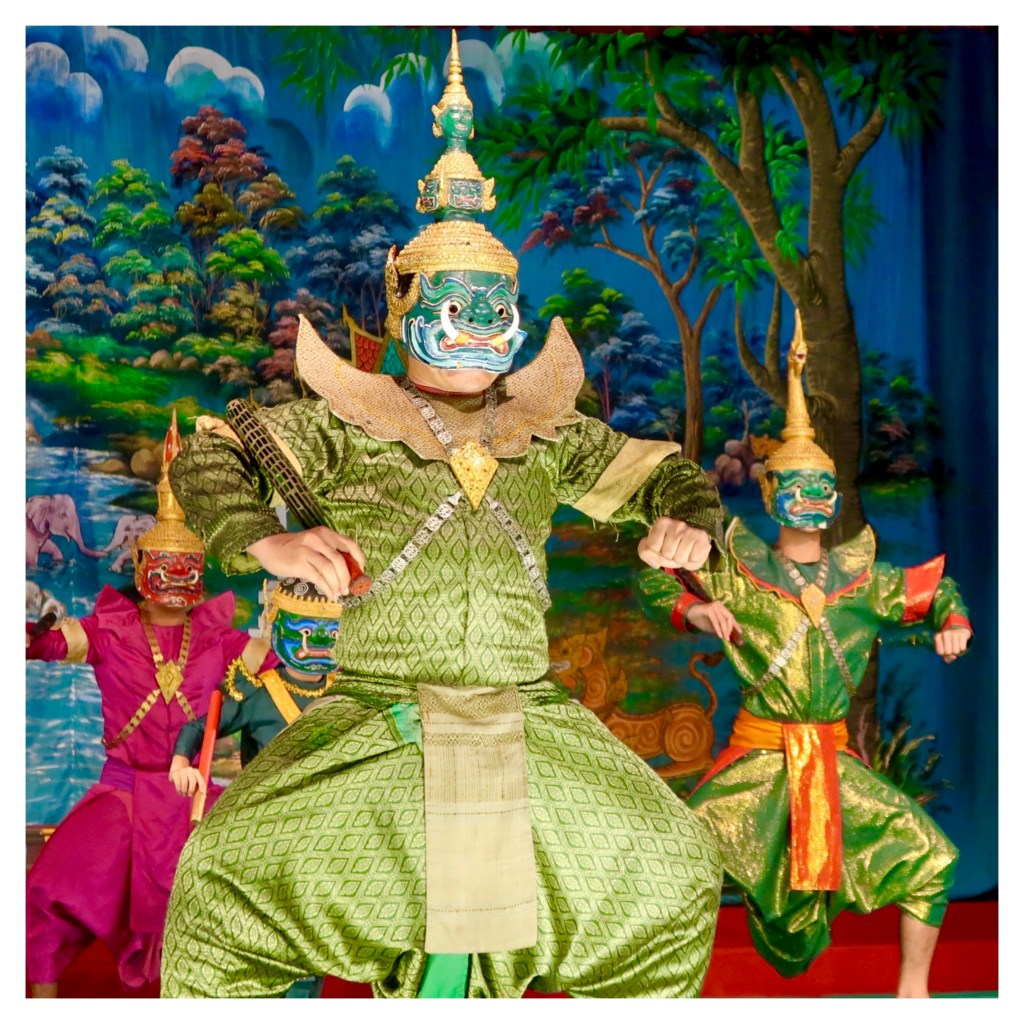
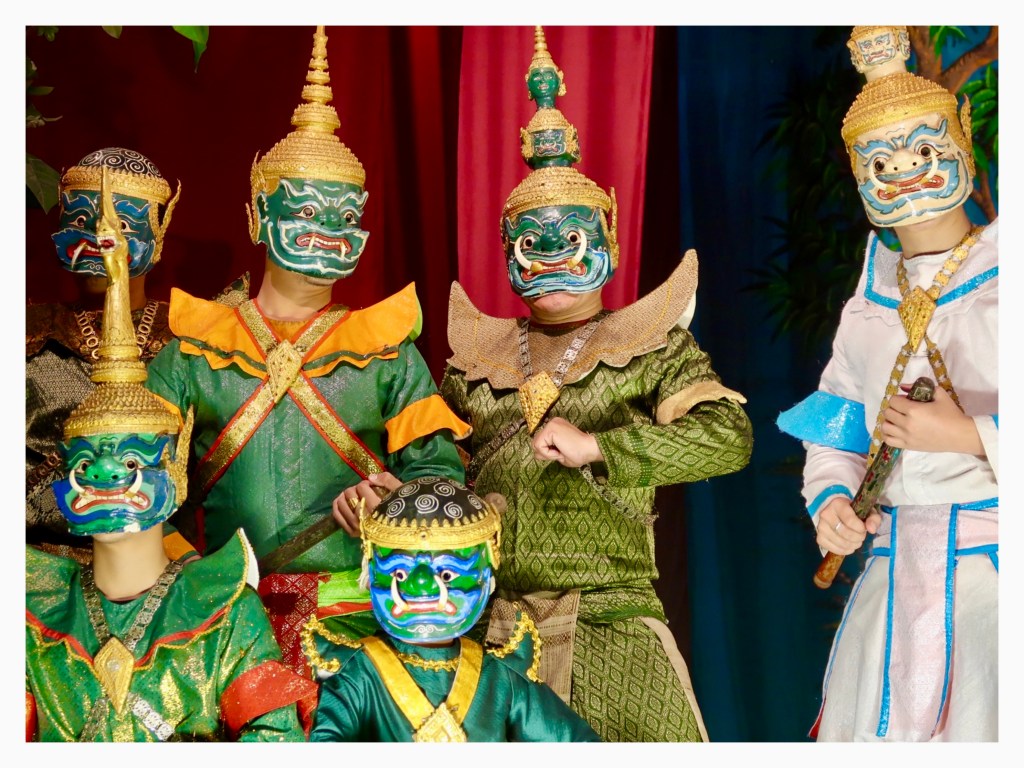

Pipe Dreams, Chasing The Opium Dragon Through History in Laos
I decided to research and write about the dark history of opium, after I bought a hand painted antique opium jar-pipe in Laos.
The opium water-jar was smoky from use, but you can still see the beautiful designs of women in colorful robes, standing amidst flowers and birds, decorating the curves of the ceramic jar with its thin copper pipe.
I saw around Luang Prabang other beautiful antique Opium pipes, made of ivory, bamboo, pewter, copper, and other opium bowls shaped like a pumpkin, a crab, or teapots made from ceramic or stoneware.
I fell in love with this Opium jar, and wondered why they made items of such beauty to support such a deadly drug addiction….
In fact, how does a flower of such stunning beauty carry in its bulb such a powerful narcotic sap?
This is not the first time I have wondered about that.
Back home in Colorado, I often see beautiful and very big poppy flowers during summers in Aspen.
Some of these poppies are as big as a large grapefruit, and I didn’t even know that poppies grew in so many different colors.
If you have ever seen fields of red poppies, I am sure that you too wondered how can such beauty possibly be related to other images, such as skeletal toothless opium addicts, clutching their opium pipes in opium dens full of delusional haze….
There is a long history of growing poppies in the regions along the Mekong River in Laos.
In order to better understand the history, I start by asking, “What is opium?”
Opium is a white milky sap extracted from the beautiful poppy plant.
From the same milky sap, other powerful narcotics such as codeine, morphine and heroin can be made.
The cultivation and use of opium date back to antiquity. Opium poppy fossils have been discovered in Neolithic settlements in Western Europe, and one of the earliest written references to opium was found on a clay tablet in the region of Mesopotamia, (present-day Iraq) from about 3,000 BC.
Opium has been used in food, medicine, rituals and for recreational purposes across various cultures.
Ancient civilisations were already familiar with the therapeutic effects of opium as a painkiller and sedative, and the drug was used to treat a variety of ailments ranging from diarrhoea, dysentery, chills, malaria and asthma to coughs and rheumatic pains.
Originally poppies were native to Europe.
Today, the poppy plants are grown in tropical, subtropical, and warm temperate countries all over the world.
It is cultivated legally in countries such as Australia, Turkey and India for medicinal and pharmaceutical purposes.
Large-scale poppy cultivation can also be found in Afghanistan, Myanmar, Laos and Mexico, but those are mainly used for illicit trade.
Opium is a Morphine-containing resin extracted from the pods of a poppy flower.
How it is used?
Popular ways are Inhalation of smoke or vapor, ingestion as a pill or suppository, snorting, or injection.
The Mind-altering effects of Opium include hallucinations, euphoria, pain relief, and feelings of separation between mind and body.
Opium has caused major societal transformations as it has journeyed from East to West and changed in form.
Inhabitants of Eurasia have been growing the opium poppy for food, medicine, and ritual for at least 7,000 years.
Bronze Age merchants transported opium around the Mediterranean in poppy flask containers called Bilbils.
Ancient Egyptians used the symbol of the poppy in their art and rituals.
Opium production from poppies was also known to ancient Egyptians, although the date of its introduction is uncertain.
In addition to its use as a narcotic, it was cultivated for its seeds, which were used for culinary purposes and as a source of oil.
The cold pressed oil has a pleasant smell and taste and is used for culinary purposes, while hot extracted oil is more suitable for industrial use.
Opium is also mentioned in several Egyptian remedies. Examples of opium remedies are as an ointment for rashes, cuts and bruises and as a syrup for quieting a crying child, which were mentioned in ancient Papyrus records.
A capsule of opium was found in a storage jar from Deir el-Medina, and gold earrings belonging to Queen Tausret made in the shape of a poppy bulb were found in ancient Egyptian tombs, together with a poppy inspired necklace.
People in Ancient Egypt and later in the ancient Mediterranean region used this powerful narcotic in rituals, especially in burials.
Opium was associated with the God Osiris, and the drug was believed to help the dead be reborn or move through the channels of the unseen spirit world.
Later, Greek and Roman physicians treated pain, insomnia, anxiety, and gastrointestinal ailments with the morphine in opium.
Silk Road traders spread it eastward to Central, South, and East Asia by the 700s.
Around 1500 BCE, people on the island of Cyprus began cultivating opium poppies.
They would extract the psychoactive sap from the poppies, place it in ceramic vessels and then trade the opium with people in Greece, the Middle East, and Egypt.
In the 1700s and 1800s, thriving tobacco industries led many people to be hooked not only on tobacco, but also on smoked opium.
Laborers saw opium as a cheap alternative to alcohol and as relief for malaria, dysentery, and hunger.
Opium was introduced to China in the early 1600s, along with tobacco.
At first, only the wealthy had access to it, but by the 1870s, its use had spread to the general population.
By the 1900s, around half of all Chinese adults consumed opium occasionally, during festivals and as medicine.
Seeing an opportunity to profit from rising demand, British merchants in India, where opium was cultivated, upped opium imports to China.
However, they were ignoring the Chinese government’s ban on opium, leading to smuggling.
This trafficking sparked the deadly and destructive Opium Wars.
The first Opium War was fought between China and the British Empire from 1839 to 1842.
In the second Opium War, from 1856 to 1860, a weakened China fought both Great Britain and France.
China lost both wars, and had to cede the territory of Hong Kong to British control, open treaty ports to trade with foreigners, and grant special permission to foreigners operating within the treaty ports.
In addition, the Chinese government had to back off and stand by as the British increased their opium sales to people in China.
The British did this in the name of free trade, but without regard to the consequences and damaging effects that opium, now legal, caused to the Chinese people.
Opium pipes were used in conjunction with specially designed lamps to create vapor for inhalation.
Singapore is one of the countries that had a very large concentration of opium dens and opium users.
In San Francisco’s Chinatown, there were 300 opium dens by the late 1880s. Although the importing of opium was officially banned in 1868 and local laws criminalized its use, law enforcement did little to stop the flow of opium into the city.
Anti-Asian racism depicted opium dens as places of organized crime and reinforced the stereotypes of Chinese immigrants as “bringers of bad vice.”
But it did not stop tourists from coming to see the dangerously exciting gambling and somewhat mystical opium dens, and it actually drew tourists to the city.
In 1920, San Francisco police publicly confiscated and burned opium in the recently rebuilt Chinatown, in a symbolic effort to rebrand the neighborhood as a safe tourist destination.
Due to opium eradication campaigns in the nineteenth and early twentieth centuries, genuine opium pipes became extremely rare.
In the early 20th century, opium pipes were often called “Dream Sticks.”
The term "Pipe Dream," may have originated from the opium smoking habit, in which a person is searching for an unattainable, lasting happiness, through puffing on a pipe.
Since then, “Pipe Dream” has become a metaphorical reference to any unattainable or fanciful hope or scheme.
“Chasing the Dragon,” is a Cantonese street term.
It originated in Hong Kong, and it describes the act of heating opium or heroin and then inhaling its vapors.
The “chasing” occurs when the user follows the vapour trail in an attempt to inhale as much as possible of the psychoactive fumes.
“Chasing The Dragon” has become a commonly used expression referring to the “high” that one gets from using any mind altering drug, even Hashish and Marijuana.
The phrase has been used in popular culture, inspiring the song “Chasing the Dragon” (1975) by Led Zeppelin, a TV film bearing the same title, and a book about “One Woman’s Struggle Against the Darkness of Hong Kong’s Drug Dens (1980).”
In Laos, growing poppies for opium production has been around for a long time.
Tribal Hmong and Tai people have been cultivating poppies as a source of income, although judging from some of the old people’s emaciated forms, they look like many also inhaled the opium vapors.
The Laotian government is trying to replace production of opium by upland farmers with other cash crops.
15% of the the upland population still rely on opium as a cash crop.
There are also initiatives to convince farmers to switch from Opium growing to growing coffee.
The north-eastern province of Laos, Houaphanh, is located in one of the major opium producing regions in the world.
For decades, the residents of the region’s remote villages have relied heavily on opium poppy cultivation.
The cultivation of opium is driven by poverty, marginalization, and lack of alternative sources of income.
Spearheading this shift is supported by the United Nations Office on Drugs and Crime (UNODC).
They have helped the residents of Houaphanh Province to end the circle of poverty and opium addiction, while improving the quality of their lives.
So far, the project has empowered almost 400 local farmers from 12 villages to independently process and commercialize their coffee for premium international markets.
In 2021, they exported over 19 tons of coffee to France and everyone is hopeful for a better future.
Is it a new reality for these highlanders? Or is it just a pipe dream?….
From Laos with love,
Tali
P.S.
The photos in this post are from a theatrical play we saw in Luang Prabang, and it actually has nothing to do with Opium.